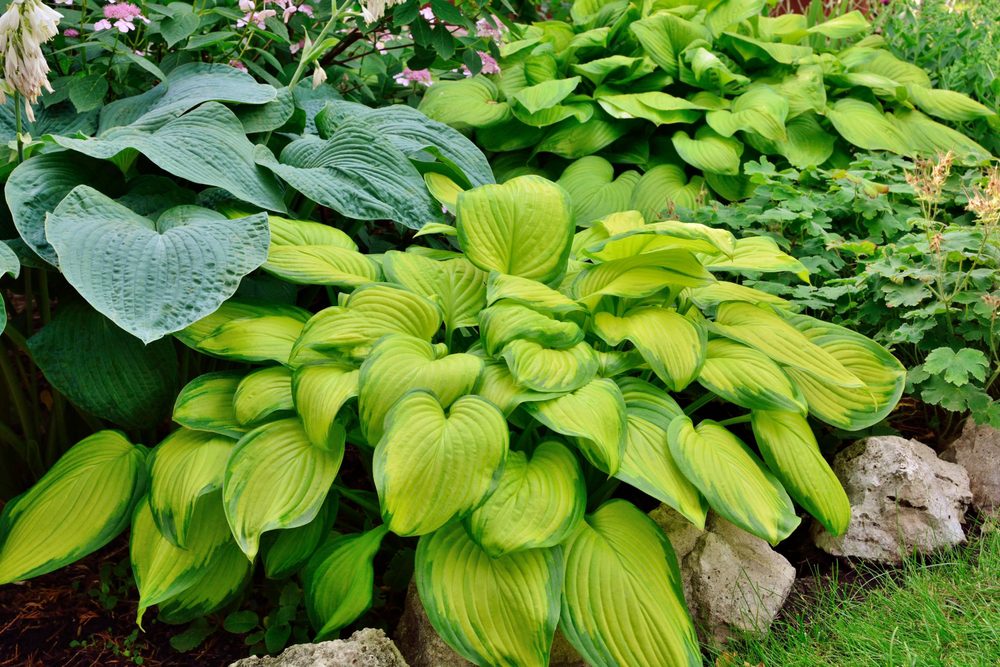
7. Botrytis
Another fungus that is quite difficult to eradicate is Botrytis cinerea. It is most commonly found in warm and humid areas. It has been observed that this fungus prefers roses, perennial flowers, and vegetables.
To identify it, the plant must either have spotted leaves or a stem. Those spots have two distinctive colors, gray and brown. Subsequently, if Botrytis progresses, the leaves will turn yellow and fall off.
Once you have identified the disease, it is recommended to remove any affected parts of the plant. Again, if burning is an option for you, it is ideal, but if not, simply cutting them off is fine. What you need to remember is not to compost them because this fungus can survive in plant debris even during winter.
Botanists recommend maximizing airflow around the plant and avoiding watering the leaves, but only the soil, to minimize the risk of moisture and fungal development. Don’t forget to clean up the foliage around the plants.
We hope this article will be helpful to you in the future if you encounter these problems in your garden! Remember that every problem has a solution; you just need to search for it diligently!





